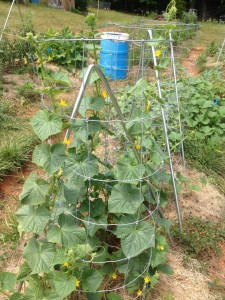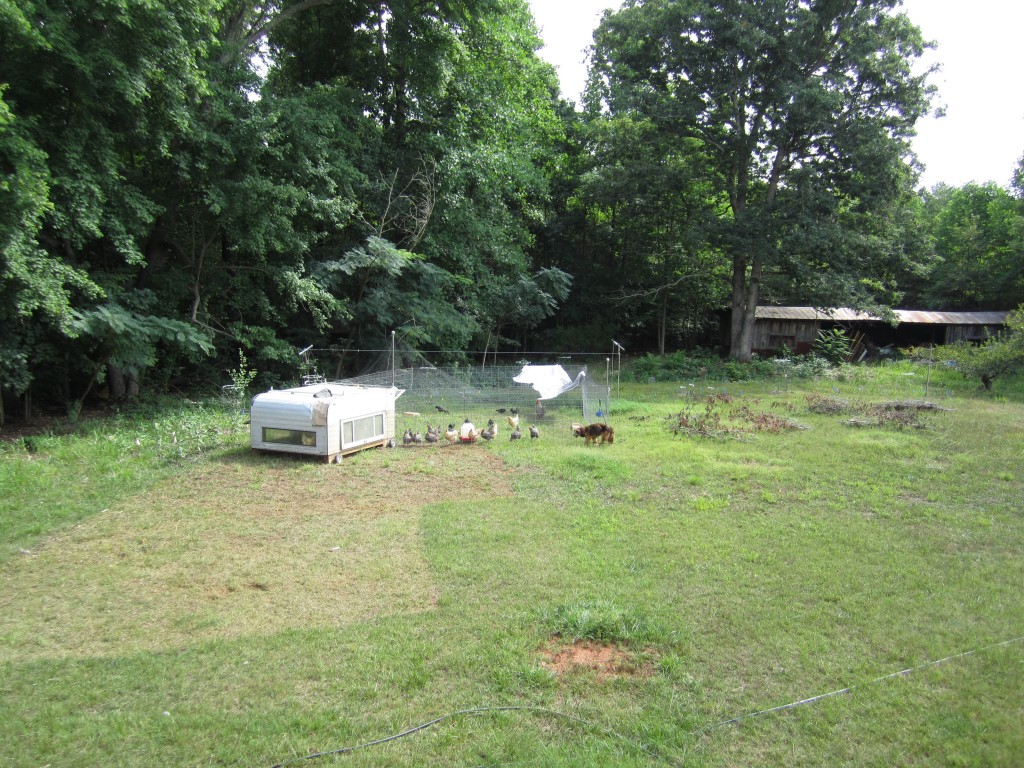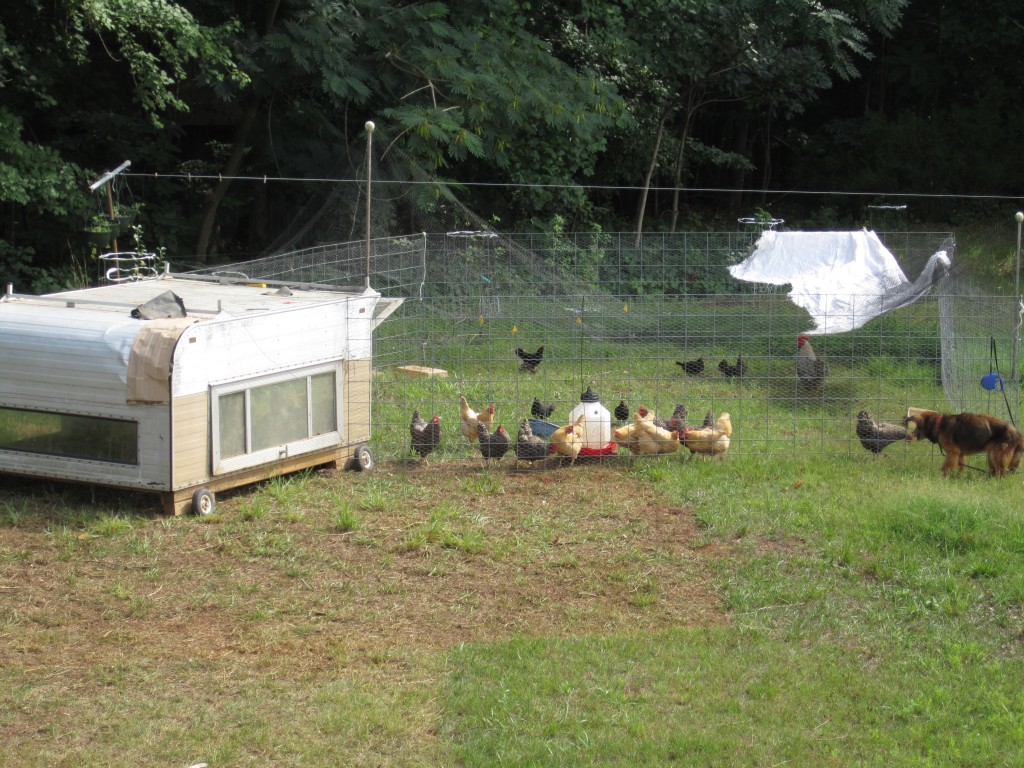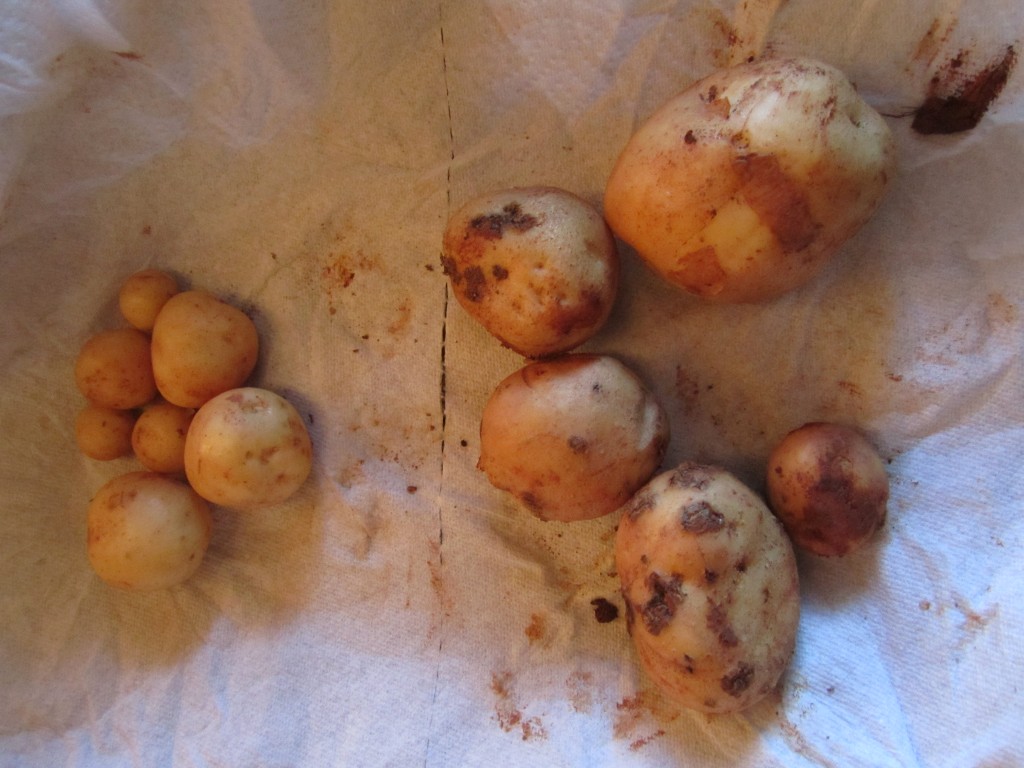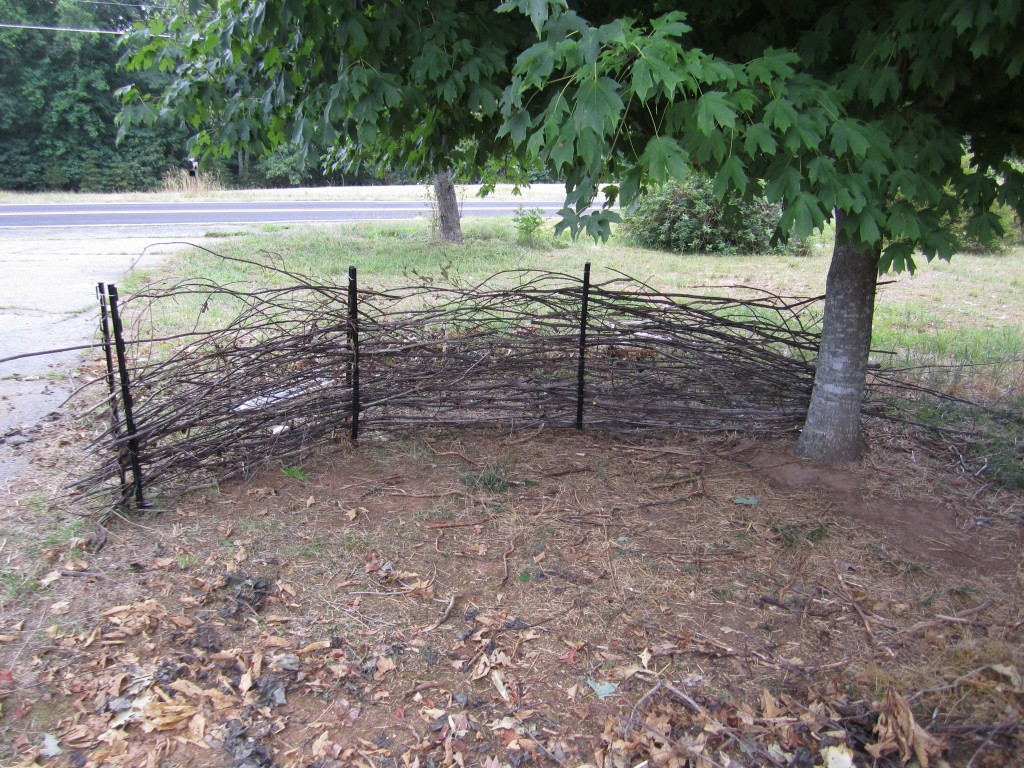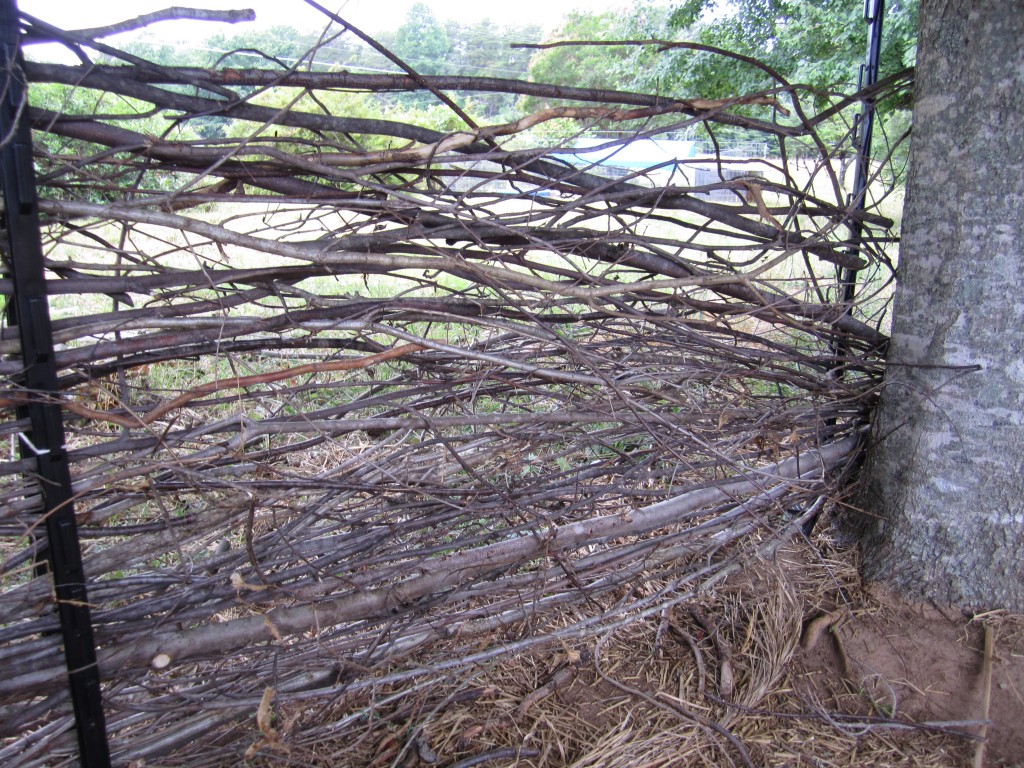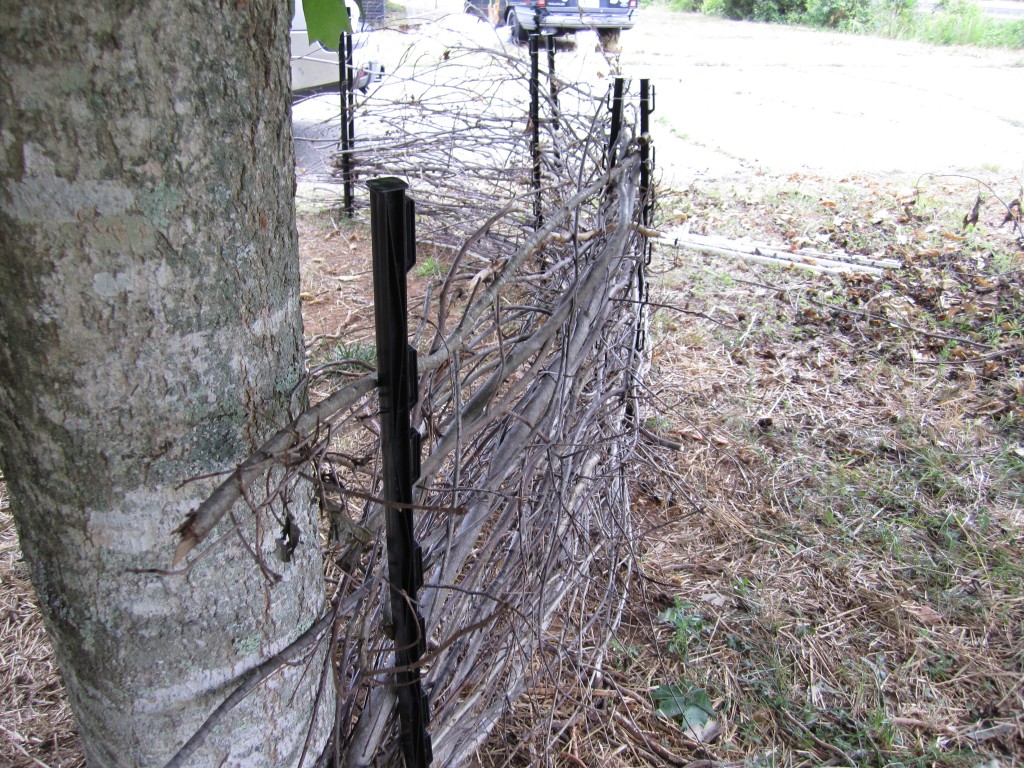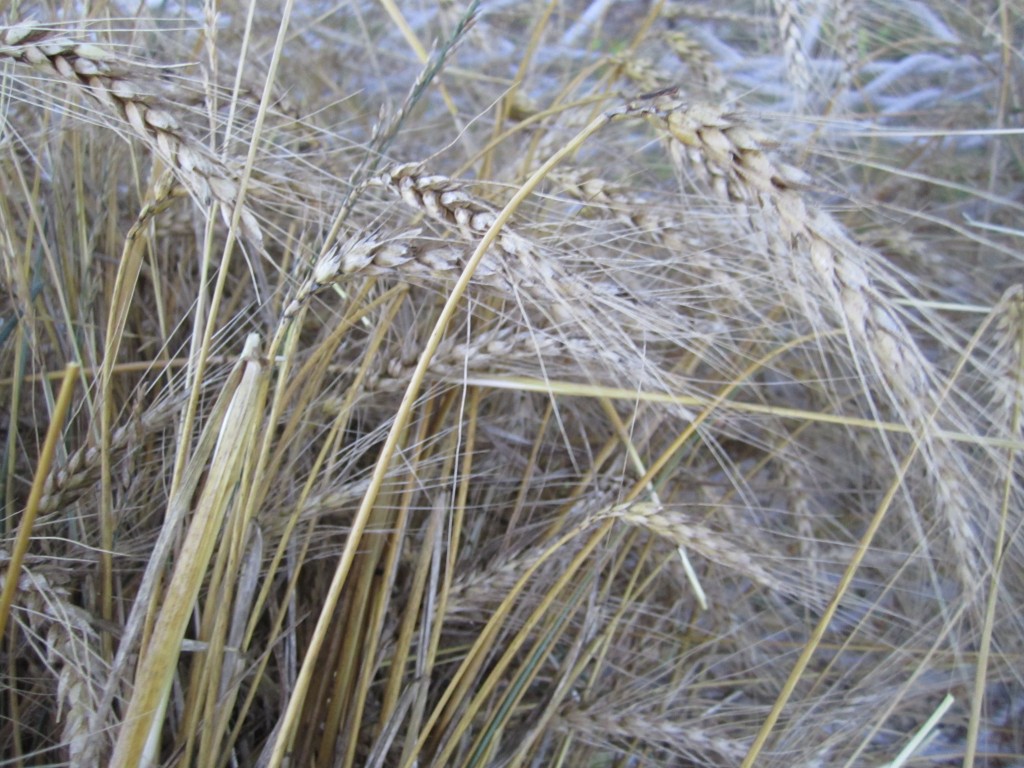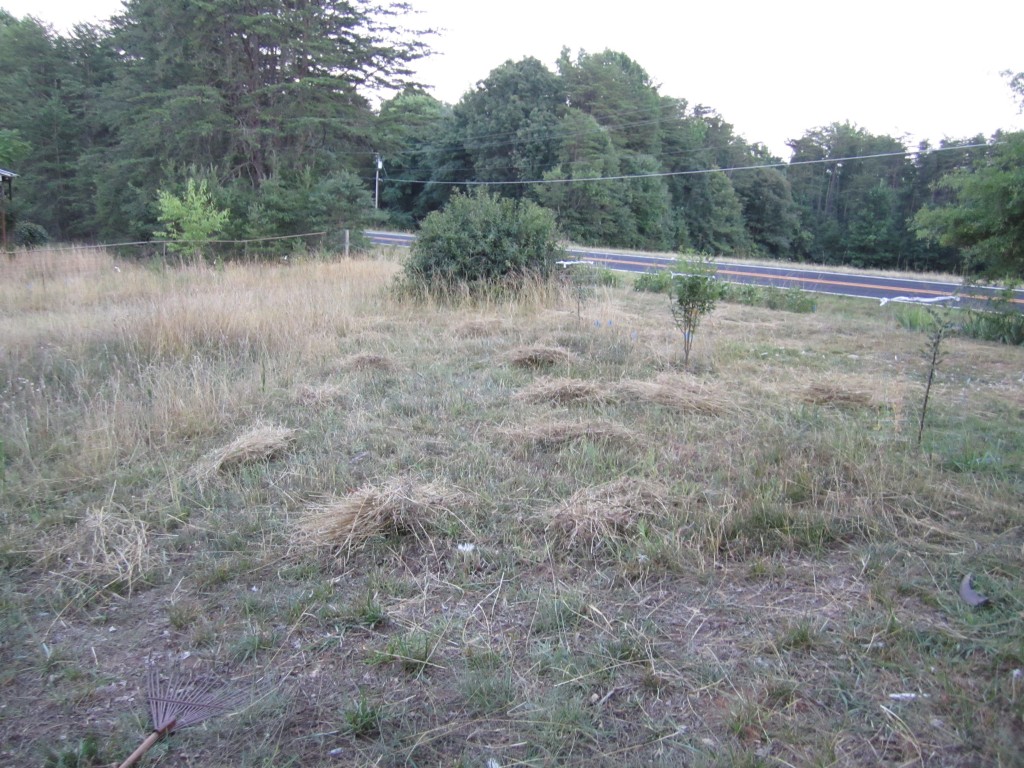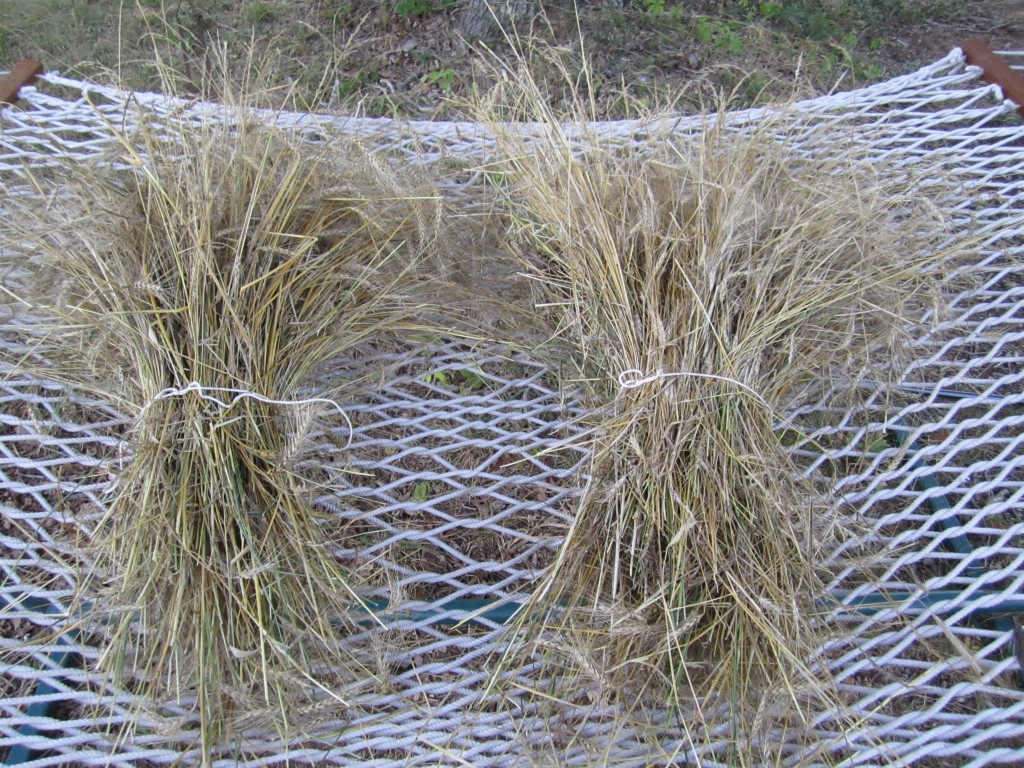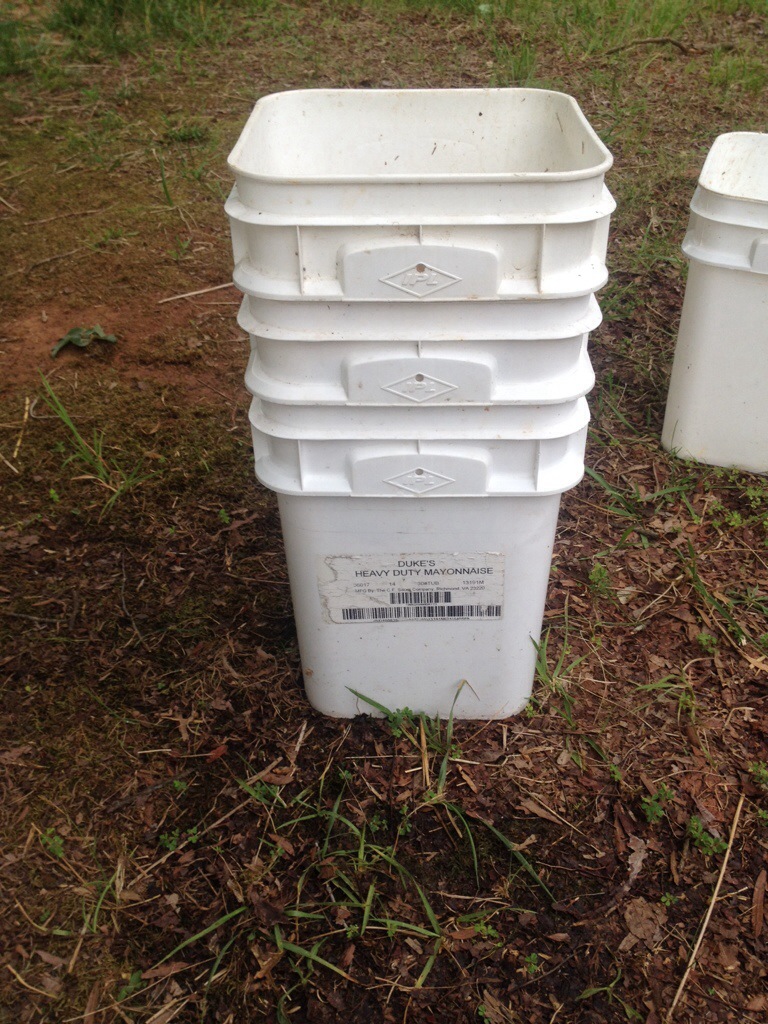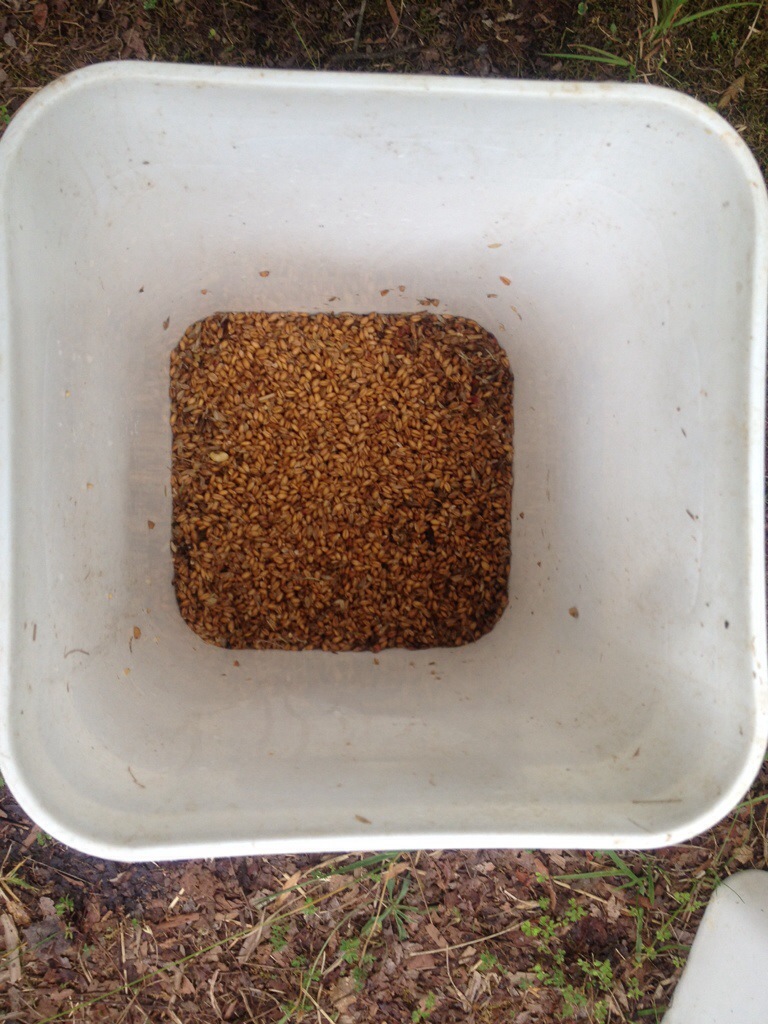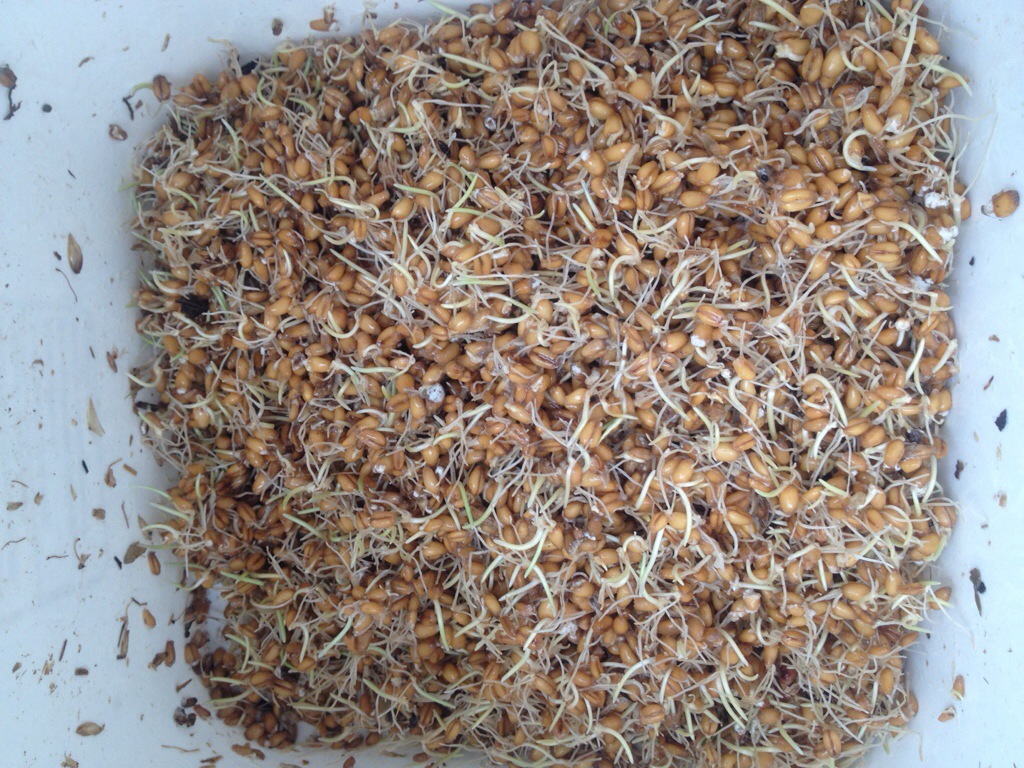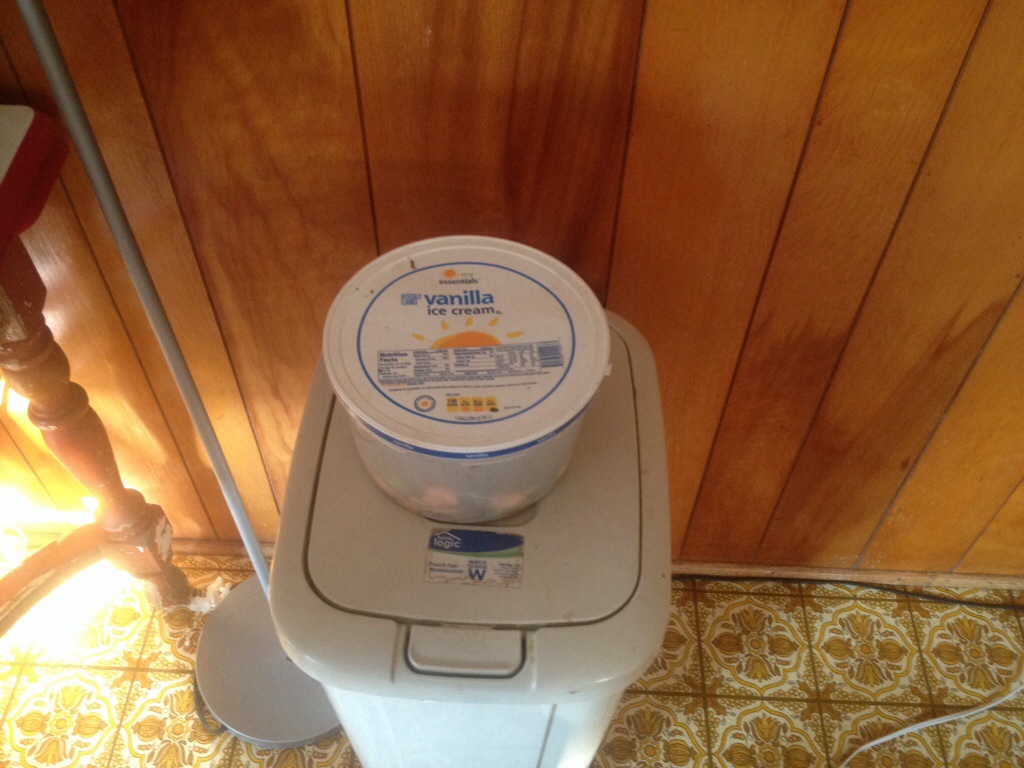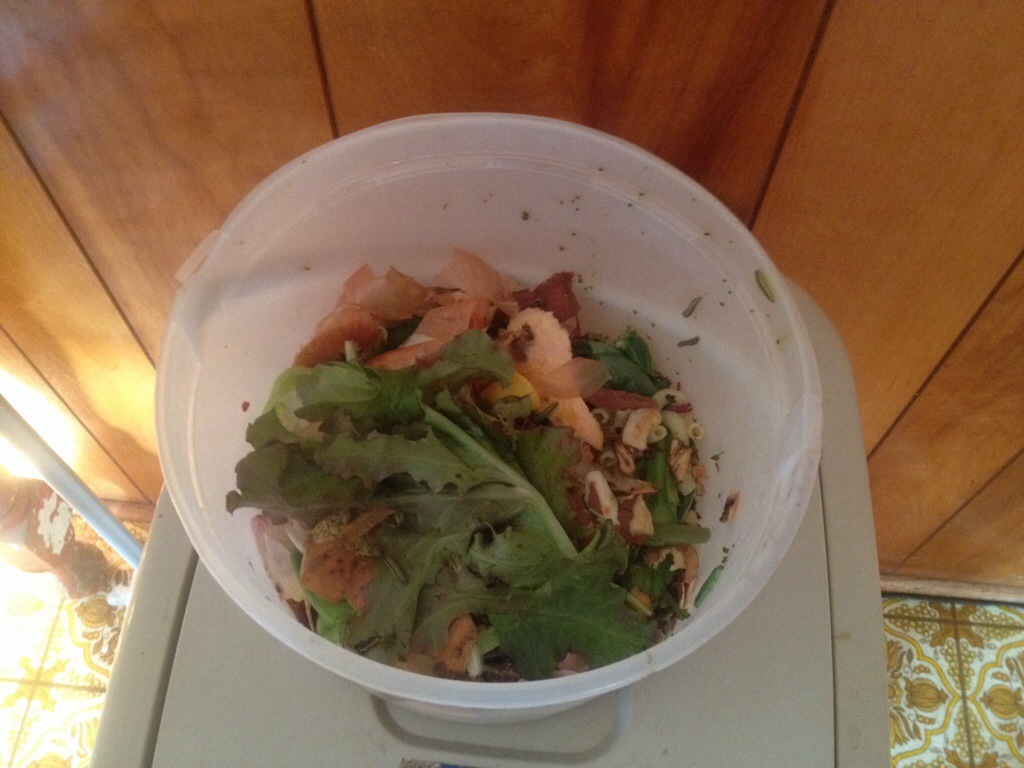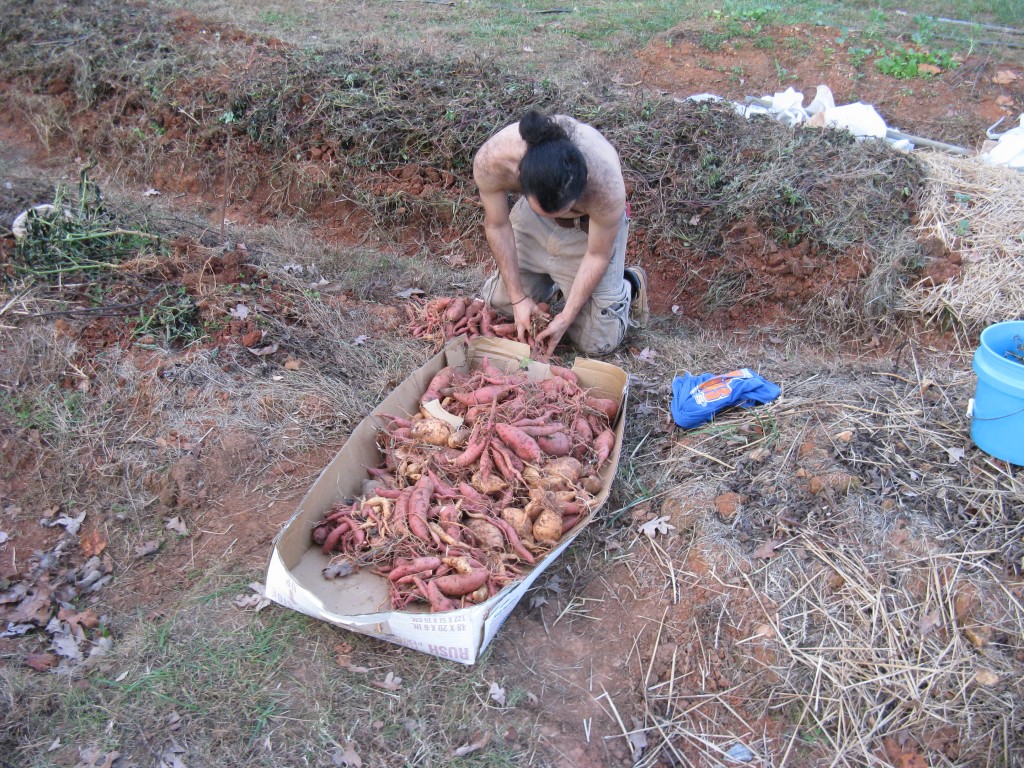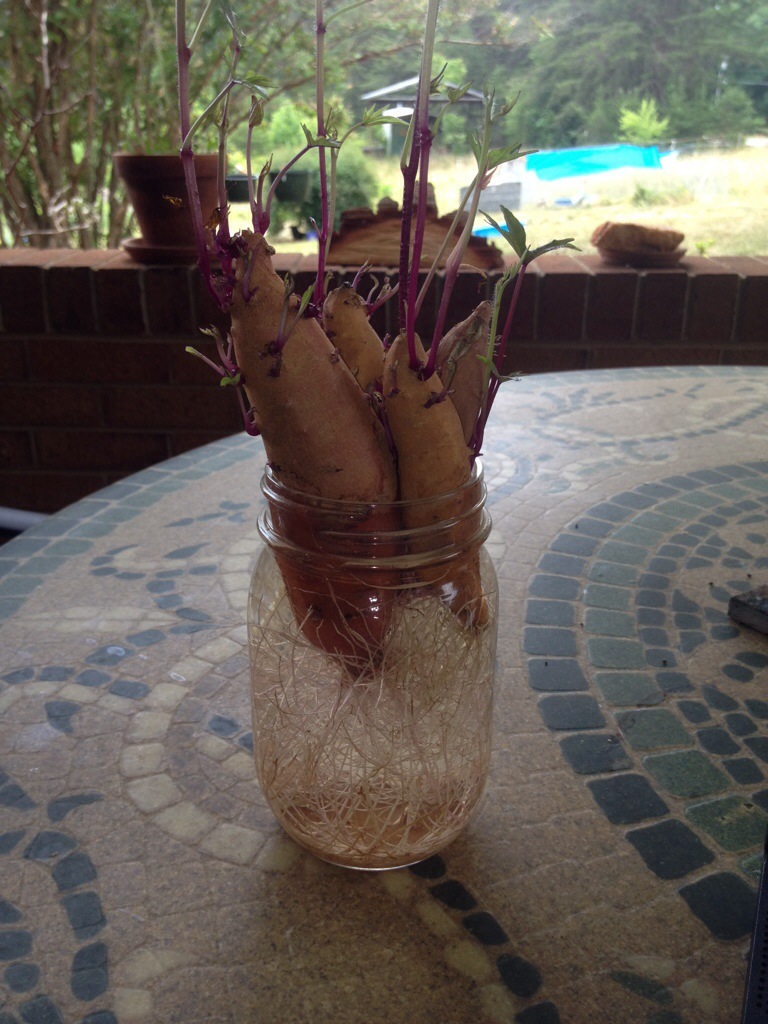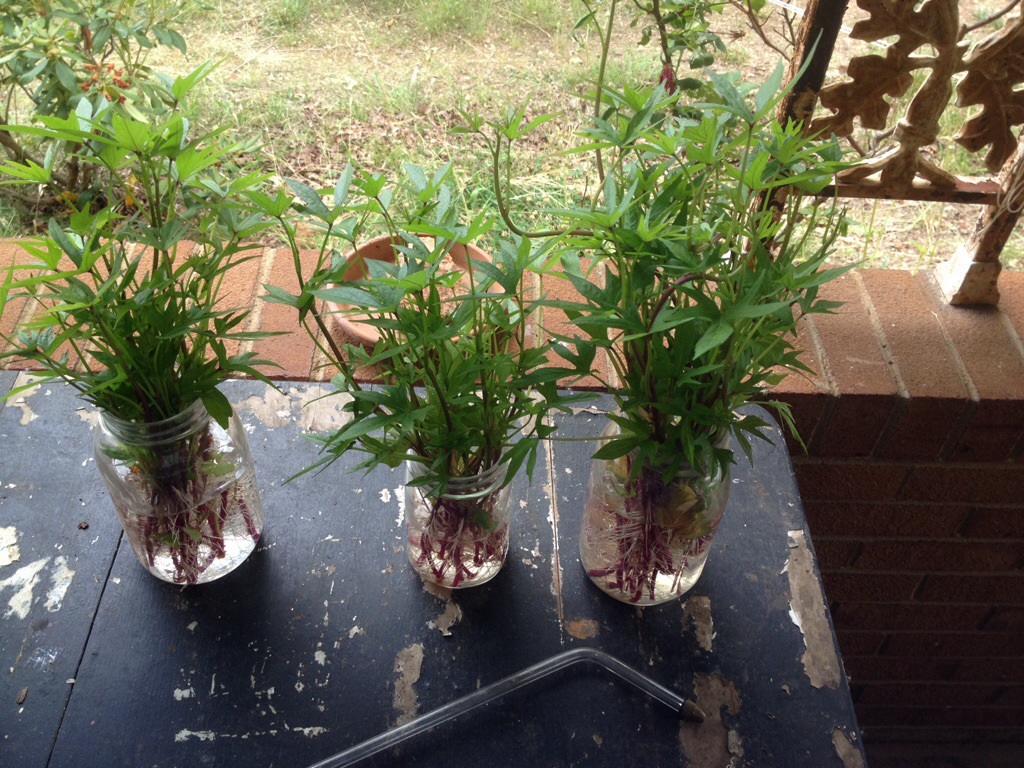Our garden is in full production right now, potatoes, tomatoes, and jalapenos are coming in, while the sweet potatoes, oca, and greenbeans are thriving. But one of our most exciting crops this year has been the cucumber. This year we planted three different varieties of cucumbers, Arkansas Little Leaf, Suyo Long, and White Wonder, and they are all doing great in our raised beds on trellises.
We grow cucumbers on trellises for a few reasons. First, cucumbers are vining plants that love to sprawl and wrap their tendrils around anything they can reach. If left to wander the ground, they take up a lot of space, but by training them vertically, up a trellis, they take up less of a footprint in the garden.
We plant 4 or 5 seeds in a circular depression about 18 inches in diameter. This depression catches rain and irrigation, ensuring that our cukes are always deeply watered. We use the same technique that we use for tomatoes, a cage made of woven wire fencing staked into the ground. We then train the young cucumber plants up onto the cage where they twine and vine their way to the top.
This has a few distinct advantages in addition to being able to fit more plants in less space. By keeping the plants off of the ground, airflow around the leaves is improved and the mildews and diseases that often plaque cucumbers are kept at bay.
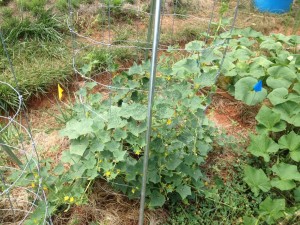
These Arkansas Little Leaf cucumbers have a tendency to stay low and spiral on the trellis, whereas the Suyo Longs grow straight up.
Training the vines upwards also leaves room around the base of the cages to plant herbs, flowers or other vegetables. These interplantings can act as companions to the cucumbers and help to confuse pests. We have sweet potatoes, clover, basil and sage growing under our cucumbers.
By growing cucumbers upwards, on a trellis, we can achieve higher yields, with less pests and diseases, and even grow other crops at their feet. So, next time you’re planting some cucumbers, consider growing them vertically, up a trellis or tomato cage, and make you’re garden more efficient and productive.
